The Iranian regime’s use of Iranian and Lebanese clerics as "unofficial" agents in Latin America is becoming increasingly well-known. A few documented individuals, strategically distributed and cloaked by benign official activities such as service in mosques and setting up cultural centers, have serve a dual purpose of recruiting regime sympathizers to serve its foreign policy objectives.
But it gets more outlandish than that: in Brazil, at least two children’s scouting groups receive indoctrination directly from leaders who are sympathetic to Hezbollah. Apart from the obvious concerns about indoctrination, they’ve even been chaperoning the kids to events while wearing Hezbollah T-shirts.
The Iranian regime's attempt to cleave a space for itself in Latin America dates back to the 1980s, shortly after the 1979 Islamic Revolution. We’ve already delved into the story of Mohsen Rabbani, who in 1983 came to Argentina to run the Al-Tawhid Mosque but ended up becoming one of the designers of the 1994 AMIA bomb attack in Buenos Aires. Another worth mentioning is his disciple Edgardo Rubén Suhail Assad, known as a key orchestrator of Iran’s "Islamic expansion plan" in Latin America.
This dual role of the clergy was highlighted and better-evidenced after 2010, when the US Treasury identified another clergy member as being a representative of Hezbollah in Latin America: Bilal Mohsen Wehbe.
According to the Treasury’s designation, Wehbe "transmitted information and directives between Hezbollah leaders in Lebanon and Hezbollah elements in South America" and supervised intelligence activities in the hyper-vulnerable Tri-Border area, made up of Argentina, Brazil and Paraguay.
Who is Bilal Mohsen Wehbe, and What is his Role in Latin America?
Emanuele Ottolenghi, a researcher for US think-tank the Foundation for the Defense of Democracies, has defined Wehbe as “the representative head of Hezbollah in South America" since Mohsen Rabbani, his predecessor, was forced to flee after the AMIA bombing. Settled in Brazil, Wehbe is in contact with Hezbollah in Lebanon while heading the Islamic Center of Brazil in Sao Paulo. In addition, according to the US Treasury, the cleric has raised funds in Brazil that ultimately found their way to Hezbollah in Lebanon.
So far, according to non-profit organization the Counter Extremist Project, Wehbe continues to operate freely in Brazil, where he is recognized as an "Islamic cultural leader". Originally from Lebanon, Wehbe later became a naturalized Brazilian citizen and has operated in the Tri-Border area since 2000.
A report by Radio Free Europe as far back as January 2000 stated that Wehbe led "Hezbollah's radical pro-Iranian wing in the Tri-Border Area". After Hezbollah's war with Israel in 2006, it was documented that Wehbe raised more than $500,000 for Hezbollah from Lebanese businesspeople in the Tri-Border Area. Finally, on December 9, 2010, the US Department of the Treasury designated him in connection with terror financing.
Wehbe is a deeply controversial figure due to his links to Hezbollah – which also runs vast drug- and cigarette-smuggling operations in the Tri-Border Area – and by extension the Islamic Republic. In 2018 the governor of Sao Paulo, Marcio Franca, was forced to apologize after welcoming Wehbe to the state government headquarters alongside a larger Lebanese delegation. After outcry from the public including members of the city’s Jewish community, Franca admitted he hadn’t been familiar with many of the names on the guest list and “the check may have been flawed”.
What has most drawn the attention of researchers, though, is Wehbe's particular approach to spreading the principles of the Islamic Revolution: through {{ __192226_videocomponent__video component__ }}" style="">messages of tolerance and dialogue with Catholicism, the dominant faith in Brazil. This has in turn brought him face-to-face with boy and girl scout groups.
Scouts Under Hezbollah-Linked Instructors
There are at least two scouting groups s in Brazil which IranWire confirmed are being run under the at least partial instruction of Bilal Wehbe: Gelb-SP 396 in Sao Paulo and Gelb-174 / Foz / PR in Foz de Iguazu, Parana.
Outwardly they’re just like any other branch of the movement: youngsters engaging in fun activities and imparting a good social conscience to the new generation. But these two are led by Lebanese instructors who do not hide their sympathy for Hezbollah under the continuous supervision of Wehbe, who determines what content the kids should learn and what activities they take part in.
The FDD’s Emanuele Ottolenghi has also been able to show that in October 2015, the young scouts and their instructors came to the Mosque of Brás in Sao Paulo dressed in T-shirts bearing one of Hezbollah's logos and the Ashura 2015 logo, designed, it is believed, by Hezbollah's media relations department.
An Unknown Quantity: Hezbollah’s Presence in Brazil
The Iran-backed, Lebanon-based terrorist group has operated from the Tri-Border Area since the mid-1980s. The group recruits new members through a sizable local population of Lebanese immigrants who arrived in South America after the 1948 Arab-Israeli War and the Lebanese Civil War. Specifically, and as the United States Treasury confirmed, Hezbollah members have raised money and recruited members within Brazil.
In a report presented in 2013, Argentine prosecutor Alberto Nisman confirmed that Iran had used Hezbollah to carry out intelligence activities in Brazil and other countries in South America, including Argentina. Before he was found dead in an apparent assassination, Nisman had discovered Iranian and Hezbollah agents planned the 1994 attack on the AMIA headquarters in Argentina from neighbouring Brazil. Nisman also found 12 people linked to Hezbollah residing in Brazil, directly or indirectly involved with the AMIA attack.
Using a cultural and religious facade to disguise illegal activities and indoctrination appears to have been the most successful milestone of the Islamic Republic’s infiltration strategy in Latin America. The presence of Hezbollah supporters in children’s scouting groups should not be taken lightly.
Related coverage:
Hezbollah's South American Tobacco Racket: What do we Know?
The Peruvian President-Elect's Ties to Pro-Islamic Republic Recruiters
The Holocaust-Denying Cleric Bolstering Hezbollah in Argentina
Tareck El Aissami: Hezbollah’s Biggest Benefactor in Venezuela
Pirates of the Caribbean: The Dangerous Relationship Between Venezuela, Iran and Hezbollah
Business or Terror? Key Figures Denounce Iran's Incursions in Venezuela
Venezuela's Clans Usher Hezbollah in Through the Front Door
Tip of the Iceberg: Hezbollah’s Narco-Terrorism in Latin America Exposed
visit the accountability section
In this section of Iran Wire, you can contact the officials and launch your campaign for various problems




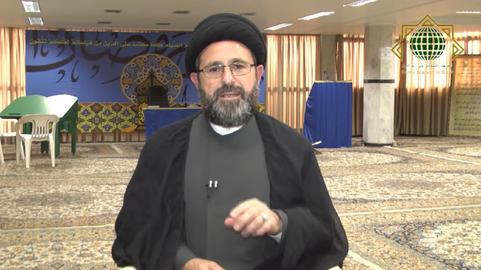

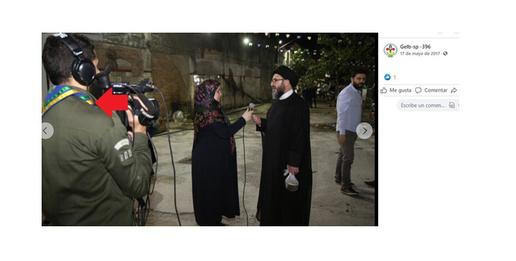

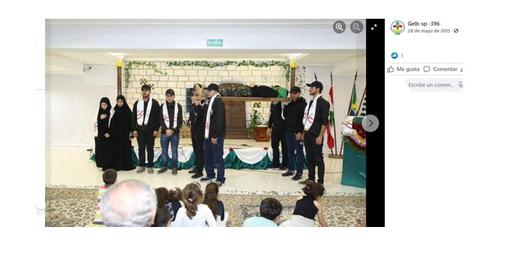


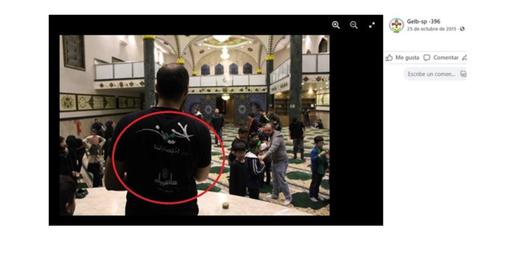



















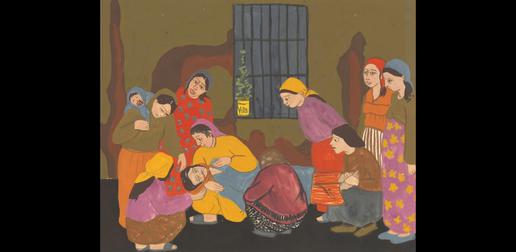
comments